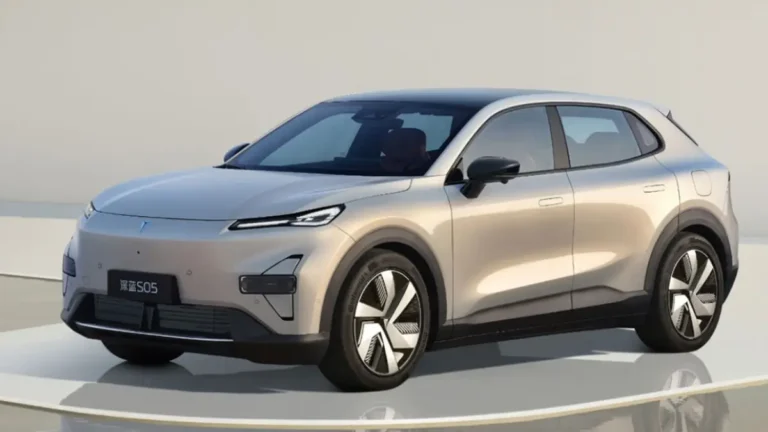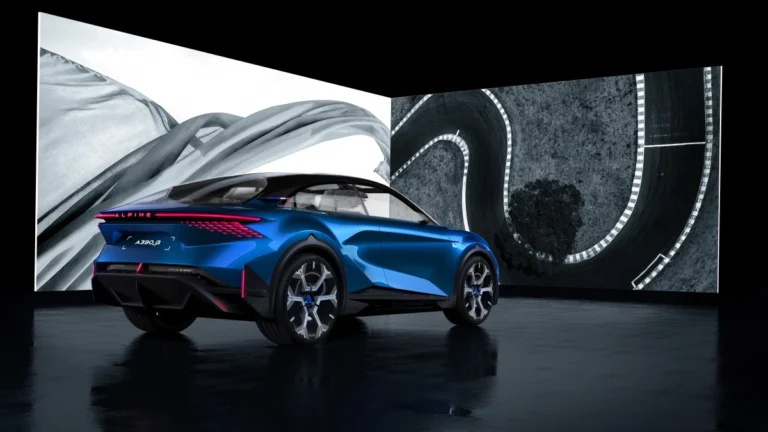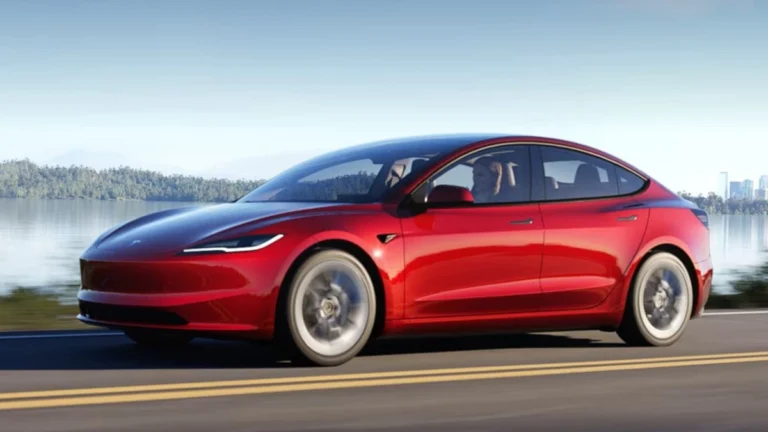Tesla has once again pushed the boundaries of electric vehicle (EV) innovation with its latest unveiling of the Tesla Cybercab. This fully autonomous robotaxi, revealed on October 11, 2024, promises to redefine public transportation with its sleek design and futuristic features. One of the most exciting advancements is its wireless charging technology, which could revolutionize how EVs are powered. Let’s explore the Tesla Cybercab’s unique features and the potential impact of its induction wireless charging on the EV industry.
Tesla Cybercab: The Future of Autonomous Driving
A Glimpse into Tesla’s Vision
Tesla’s Cybercab represents the company’s bold vision for the future of autonomous driving. Borrowing design cues from the Cybertruck and Robovan, the Cybercab is built as a two-seater EV designed for comfort and efficiency. In a significant departure from traditional vehicles, Tesla has removed the steering wheel and pedals entirely, making the Cybercab a true robotaxi. The car’s gold exterior and sleek light bar, which houses advanced matrix headlights, give it a futuristic appearance.
A Fully Autonomous Experience
Tesla is heavily investing in Full Self-Driving (FSD) technology, and the Cybercab is no exception. Equipped with an array of cameras and sensors that provide a 360-degree view, the vehicle is capable of navigating complex environments without human intervention. This fully autonomous experience aims to provide passengers with a stress-free ride, transforming urban commuting.
Affordable Pricing and Release Date
At a projected price of $30,000, the Tesla Cybercab is positioned as an affordable option for those seeking the latest in autonomous vehicle technology. Tesla CEO Elon Musk has hinted that the Cybercab could hit the market by mid to late 2026, making it one of the most anticipated EVs of the decade.
Induction Wireless Charging: A Game-Changer for EVs
What is Wireless Charging for EVs?
One of the most groundbreaking features of the Tesla Cybercab is its wireless charging technology. Unlike current-generation EVs, which rely on wired charging stations, the Cybercab eliminates the need for a physical charging port. Instead, the vehicle uses induction charging, a system that transfers energy wirelessly through electromagnetic fields.
How Does Inductive Charging Work?
In Tesla’s inductive charging system, a charging pad is installed in parking spaces or garages. When the Cybercab is parked over the pad, it charges wirelessly by receiving energy through the electromagnetic fields generated by the pad. This process mirrors the Qi wireless charging standard used in smartphones, but on a much larger scale for EVs.
Elon Musk’s Vision for Wireless Charging
During the unveiling, Elon Musk emphasized the convenience of wireless charging, stating, “The robotaxi has no plug. It just goes over the inductive charger and charges. So, yeah, that’s kind of how it should be.” This innovation is part of Tesla’s broader goal to make EVs not only efficient but also hassle-free. Musk’s design philosophy, encapsulated in his statement “The future has to look like the future,” reflects his commitment to creating vehicles that embody futuristic design and functionality.
What Are the Advantages of Wireless Charging?
- Convenience: Inductive charging eliminates the need for drivers to manually plug in their vehicles, saving time and reducing wear and tear on charging ports.
- Safety: By removing physical connections, wireless charging reduces the risk of electric shocks and other hazards associated with traditional wired charging.
- Reduced Charging Infrastructure Issues: Inductive charging could standardize charging methods across different EV models, potentially eliminating compatibility issues with charging stations.
Addressing EV Charging Challenges
A Glimpse into the Future of Wireless Charging
Tesla’s wireless charging technology offers a potential solution to some of the challenges EV owners face today, such as long wait times at charging stations and incompatibility with public chargers. One exciting possibility is the implementation of charging mats or tracks on roads, allowing vehicles to charge while in motion. This concept, while still in its early stages, could radically change the way EVs are charged, leading to continuous, on-the-go charging and reducing the need for lengthy stops at charging stations.
Will Wireless Charging Become Standard?
The adoption of inductive charging across the EV industry could eventually create a universal charging standard, similar to how Qi wireless charging has become the norm for smartphones. This would remove many of the current frustrations associated with charging different EV models at public stations. However, it remains to be seen how quickly the technology will evolve and whether other automakers will adopt similar wireless charging systems.
The Tesla Cybercab and the Evolution of Urban Mobility
Redefining Public Transport with Robotaxis
The Tesla Cybercab is not just a technological marvel but also a glimpse into the future of urban mobility. As more cities move towards sustainable transportation, autonomous robotaxis like the Cybercab could play a pivotal role in reducing traffic congestion and lowering carbon emissions. With no need for a driver, these vehicles can operate continuously, offering a cost-effective alternative to traditional taxis and ride-hailing services.
How Wireless Charging Fits Into Urban Infrastructure
For the Cybercab and other future robotaxis to succeed, cities will need to invest in wireless charging infrastructure. This could involve the installation of inductive charging pads at strategic locations such as taxi stands, parking lots, and even private homes. By making wireless charging more accessible, cities can encourage wider adoption of EVs and reduce dependence on fossil fuels.
What to Expect from Tesla in the Coming Years
Pushing the Boundaries of EV Innovation
Tesla’s Cybercab and its wireless charging technology mark the beginning of a new era for electric vehicles. As the company continues to refine its FSD technology and expand its product lineup, we can expect more innovations that challenge the status quo. From battery advancements to AI-driven autonomous systems, Tesla is set to remain a driving force in the EV industry.
Will Other Automakers Follow?
The introduction of induction charging in the Cybercab could set a new industry standard, prompting other EV manufacturers to adopt similar technology. Automakers like BMW and Mercedes have already shown interest in wireless charging, but Tesla’s integration of this feature in a mass-market vehicle could accelerate its widespread use.
The Future of Electric Vehicles is Wireless
The unveiling of the Tesla Cybercab is more than just the introduction of another EV. It’s a bold statement about where the future of transportation is headed. With its induction wireless charging technology, the Cybercab has the potential to reshape the EV landscape, offering convenience, efficiency, and a glimpse into a future where wires are obsolete.
As Tesla prepares to roll out the Cybercab by 2026, the implications for urban transportation and EV technology are enormous. If the wireless charging technology becomes the norm, we could see a significant shift in how EVs are charged, making EV ownership easier and more accessible for the masses.




